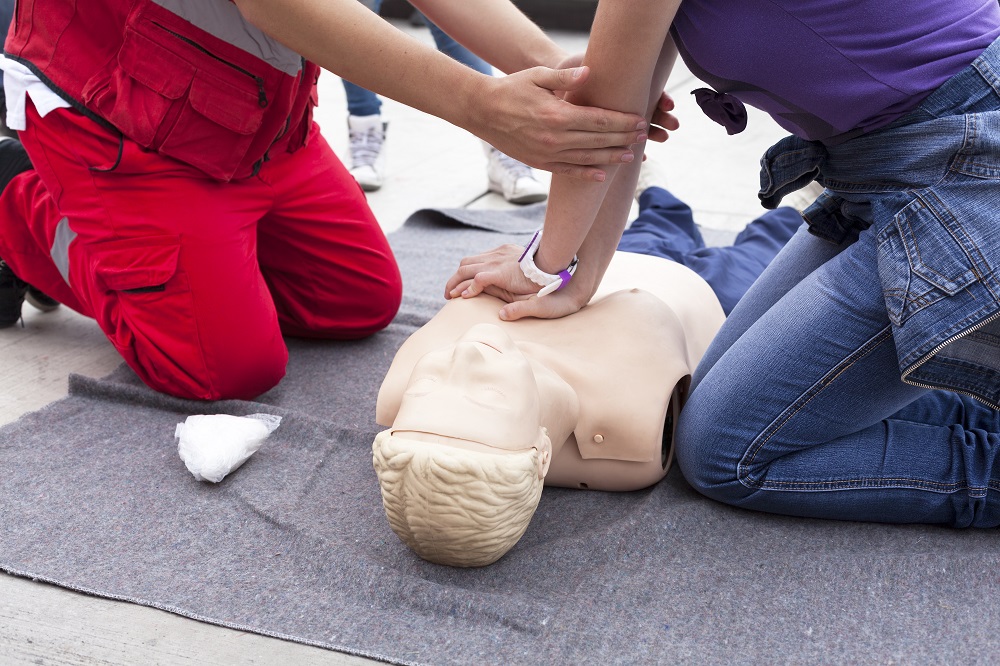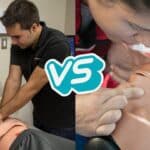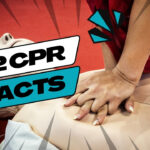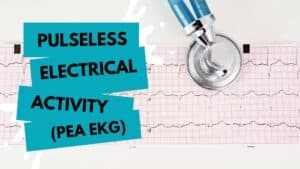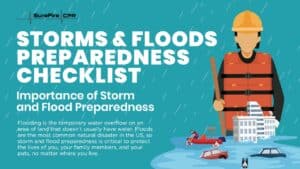First things first: before taking steps to become an educator in emergency health services, understand that it’s usually part of a broader career path that includes other kinds of training and practice in your field. Most CPR instructors – especially those serving at premier institutions like SureFire CPR – start teaching only once they’ve garnered direct experience treating the public. Their training in fundamental on-the-scene protocols has become second nature due to the demands of their work, which include areas as diverse as firefighting and child care. If you have these kinds of skills or are on the road to acquiring them, then instructor training is for you – and millions of people need your help.
Step One: Get Certified as a Provider
If you’re not already certified in CPR, or if your certification is out of date, you’ll want to start by taking an AHA-approved course. This can be done at any number of training centers in your area, and involves learning and practicing the set of techniques established by the American Heart Association for responding to a life-threatening emergency. Make sure the course you select offers certification and not just training only.
Step Two: Choose an Instructor Training Course
There are several paths to certification as an instructor. The particular training center you’ll be applying to will have its own affiliations, and to work there you’ll need to have one of the same. SureFire CPR’s instructors are certified by the AHA and the American Safety and Health Institute (ASHI). Both organizations follow the same training guidelines and offer the same basic training.
If you’re going with either the AHA or ASHI, it’s a good idea to contact the appropriateAHA training center or ASHI training center in your area as soon as you get started to determine whether or not they’re currently accepting new instructors
Step Three: Take the Introductory and Instructor Course
Both the ASHI and the AHA divide their instructor training into multiple courses. Your training center will be able to guide you through the difference courses. The AHA has a portion in which you learn about being instructor that is all online, and then you can come in for an in person instructor course. The online portion focuses on to prepare and organize a course, how to manage your time in the classroom, and how to maintain a respectful and sensitive attitude towards your students. The ASHI has the Instructor Development Course, covers a lot of the same ground, and also focuses on the particular area and audience you’ll be teaching.
Step Four: Start Teaching
Instructors are required to teach their first class under the supervision of a veteran instructor within six months of being certified. As you’ll be taught in the course, it’s a good idea to make use of both organizations’ online resources for instructors, which include essentials like training materials and certificate printing for your students.
Good luck!
Sources:
‘The SureFire CPR Team’
‘CPR Statistics’
‘CPR Certification’
https://surefirecpr.com/cpr-certification/
‘Instructors and Training Centers’
‘How to Become an AHA Instructor’
‘Training Center Administrative Manual’
http://cdn2.hubspot.net/hub/22308/file-21742417-pdf/docs/hsi_tcam.pdf?t=1438819393050
‘ASHI: Become an Instructor’

